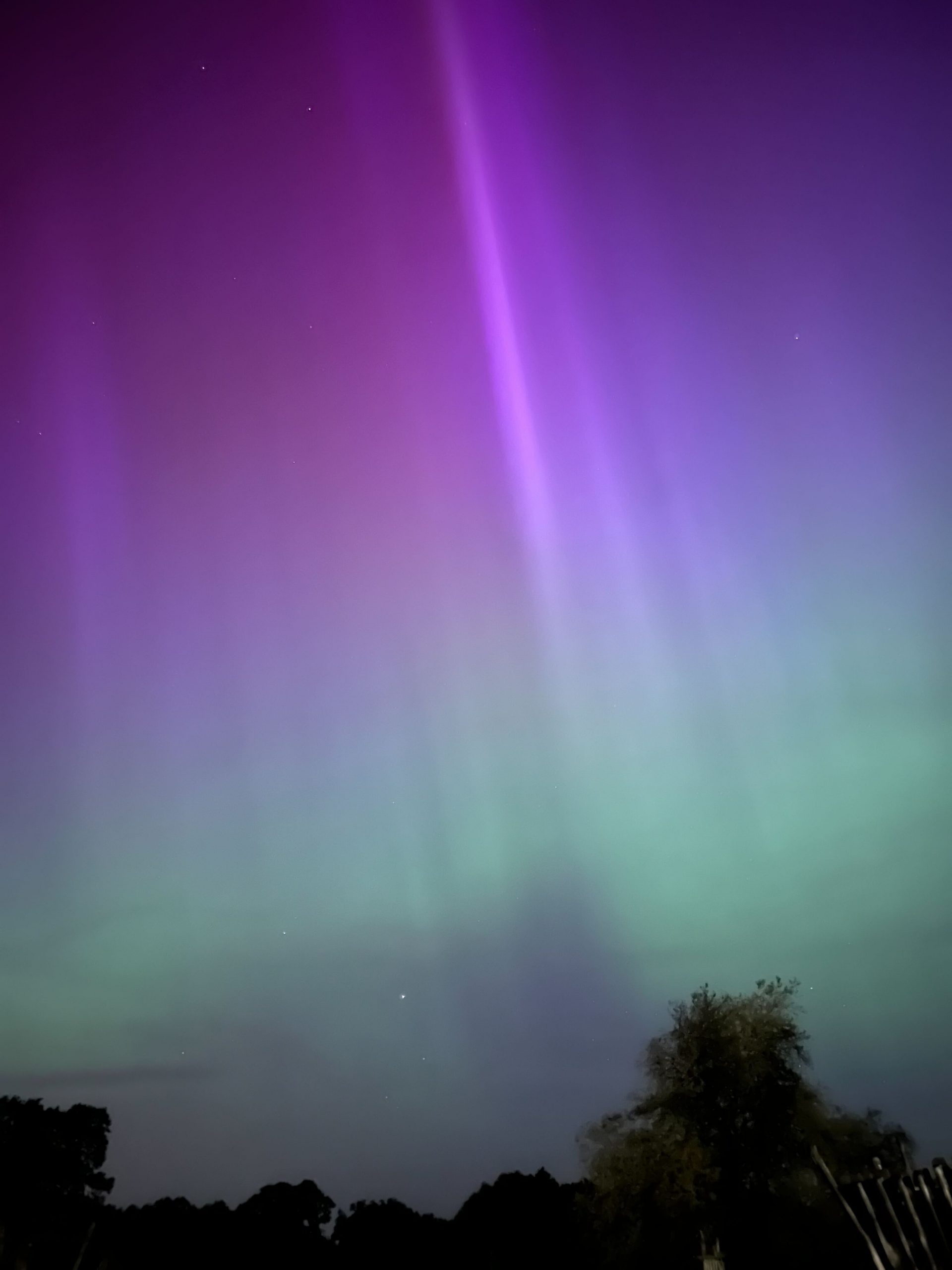New Semester 2 optional astronomy module – Open to all continuing students across the University of Southampton.

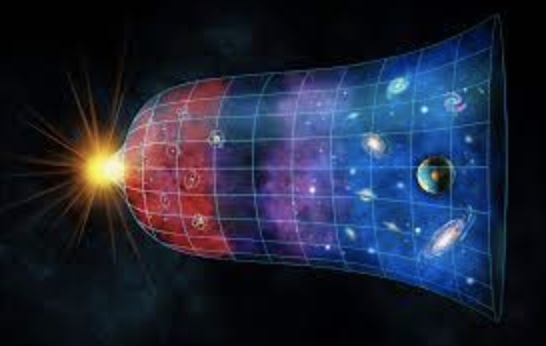




An array of astronomy images linked to content covered in ‘Discovering our Universe’; The module lecturer, Dr Sadie Jones, with the flowers that four students gave her after the module exam in May 2024 to say thank you, and some crocheted black holes with accretion discs (one of these was given to Chloe Fitzpatrick in recognition of for her excellent lecture attendance during the 2024 semester).
Assessment
Popular Science Article 10% (~400 words)
Astronomy Essay 40% (~2000 words)
Group Presentation 25% (groups of 2-3 students in each)
Multiple Choice Test 25% (before official exams start – this year the Test is on Fri 16th May)
The top overall mark on the module in 2024 was 77% and the average across all the students on the course was 65%.
Both the article and essay can be written on astronomy subjects of your own choosing (but they do need to be on 2 different subjects). You will be given feedback on the article in a timely manner so that it can be used to aid the writing of your final essay. The multiple choice test is held in the week before the official exam week starts in semester 2.
This course has been designed at the ‘general interest’ level so no Physics or Maths qualifications are needed. Sadie has written the the lectures such that the Physics content is at the level of a ‘Smart 16 year old’. There is NO maths in any of the assessments.
Students who do have Physics or Maths qualifications can still take this module but they will not be at an advantage because of the nature of the assessment on the course; which is essay writing, group presentations and a multiple choice test.
86% of student surveyed in the 2024 cohort said they were ‘Highly Likely’ to recommend this optional module to a friend (the remaining 14% said they were ‘Likely’ to). See student Testimonies below:
Student Testimonies
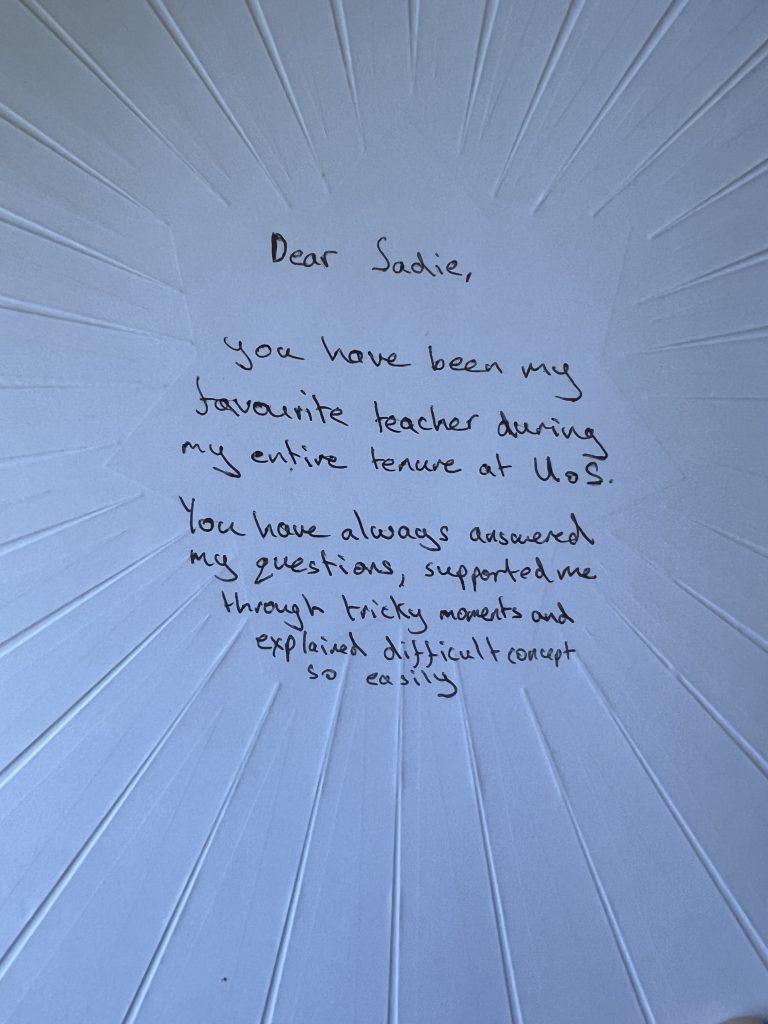
Hi Sadie, I just wanted to say thank you so much for everything this semester! Discovering Our Universe has been my favourite course by far this year (and probably through the whole of uni) and your lectures helped me keep going through the semester.
And of course a subject is only half as good as its teacher so thank you for being so great! You’ve been super engaging and have made me want to come to every class without fail.
Hopefully I’ll run into you in the future! (Maybe at a planetarium or at space events!)
Thank you so much again!
Veronika, Law student, Emailed to Sadie following the exam in May 2025

Rose Guy, 3rd year Biology student, left this note on her exam in May 2024
‘ I chose Discovering Our Universe as one of my modules because the material in itself was very intriguing and made me quite curious. After choosing the module, I realised it was one of the best decisions I’ve made! Sadie was very supportive throughout the course and explained various concepts in a very understanding manner. As the course material covered so many areas of Astronomy as a whole, every lecture was very interesting with a couple live demonstrations too! I would highly recommend this module, especially if you want to learn something different and worthwhile compared to your course.’
Thank you for your support and the amazing course!
Ramiya Pratheepan, 3rd year Biology student, May 2024
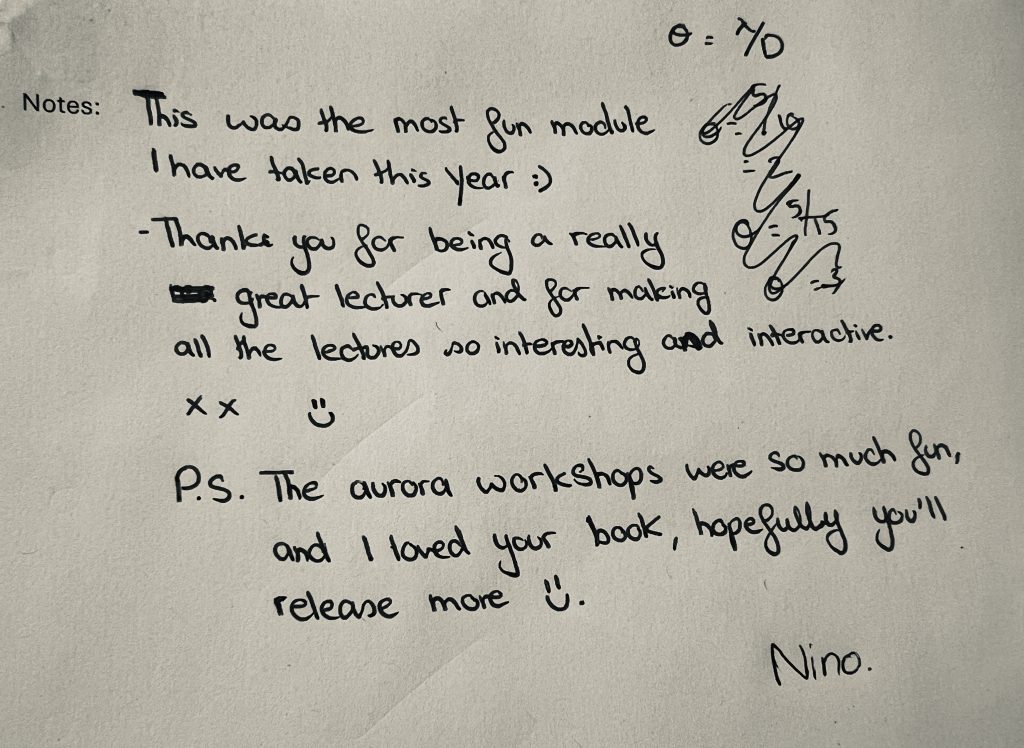

Lecturer
For more information on the Module Lead for Discovering our Universe, Dr Sadie Jones, go to the ‘About’ page or follow her on instagram @SotonAstrodome. And for more info about the module please read below; if you still have questions after reading on then please feel free to email Sadie.
Engaging Demonstrations and Astronomy freebies
Since Sadie’s job is 50% Astronomy engagement with schools and public (and 50% Astronomy and Space Science teaching) she has lots of hands-on demonstrations that she brings to the lectures to make the content more understandable and engaging. Her demos include an Infra-red camera, a plasma ball, a piece of Tungsten from the INTEGRAL Gamma ray observatory, gas tubes and rainbow spectra glasses.

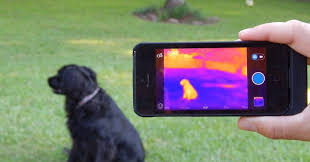
Lecture 6 is held inside the Soton Astrodome, our very own mobile planetarium (see photos inside and outside the mobile planetarium below).
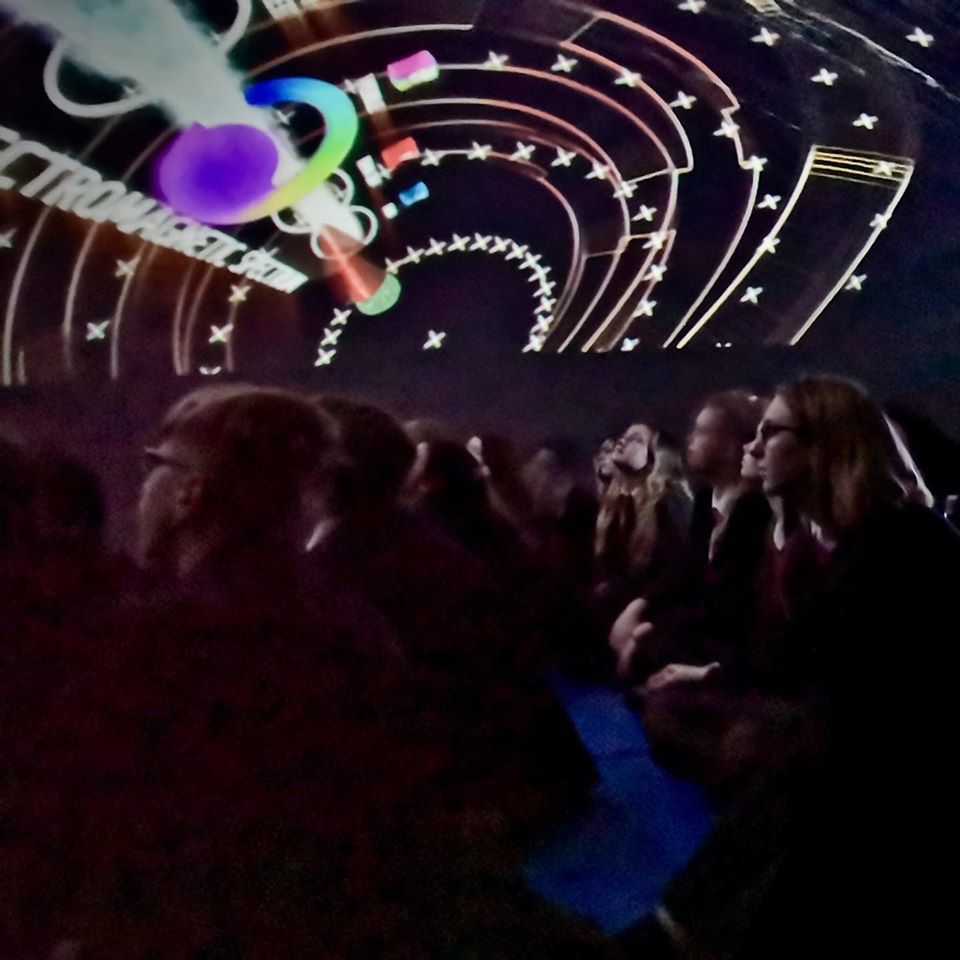

Sadie also has lots of freebies that she gives away in the lectures, such as stickers, bookmarks and postcards (see photos below). If you do not attend the lectures in person you will not get the opportunity to receive these wonderful freebies.
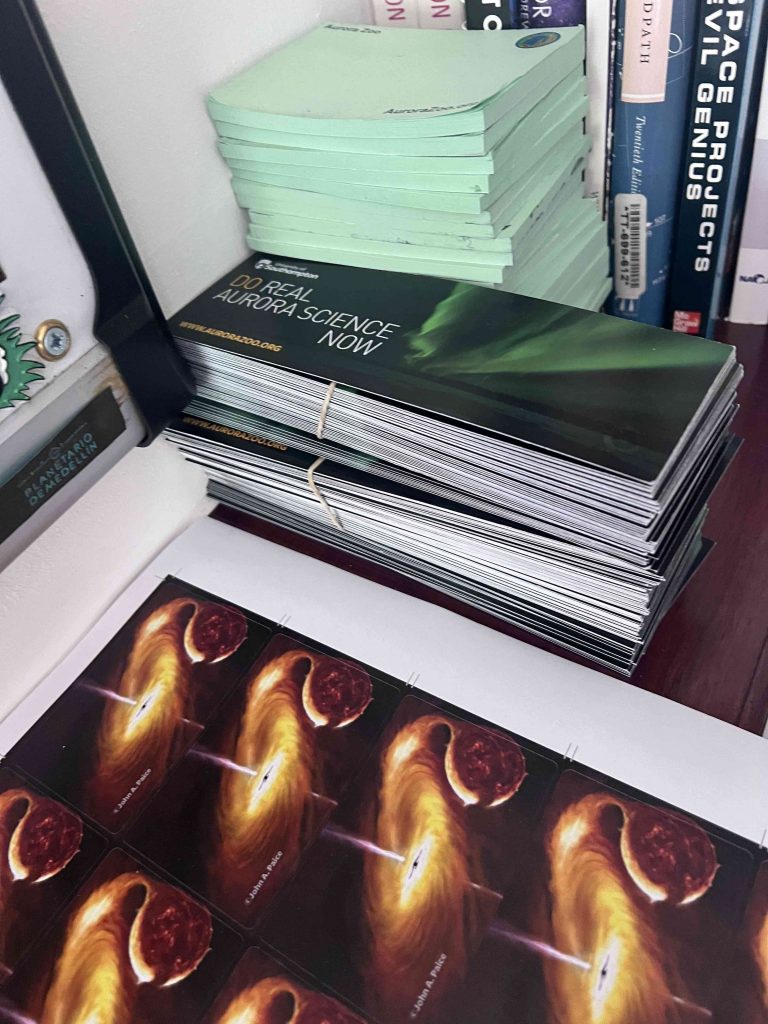
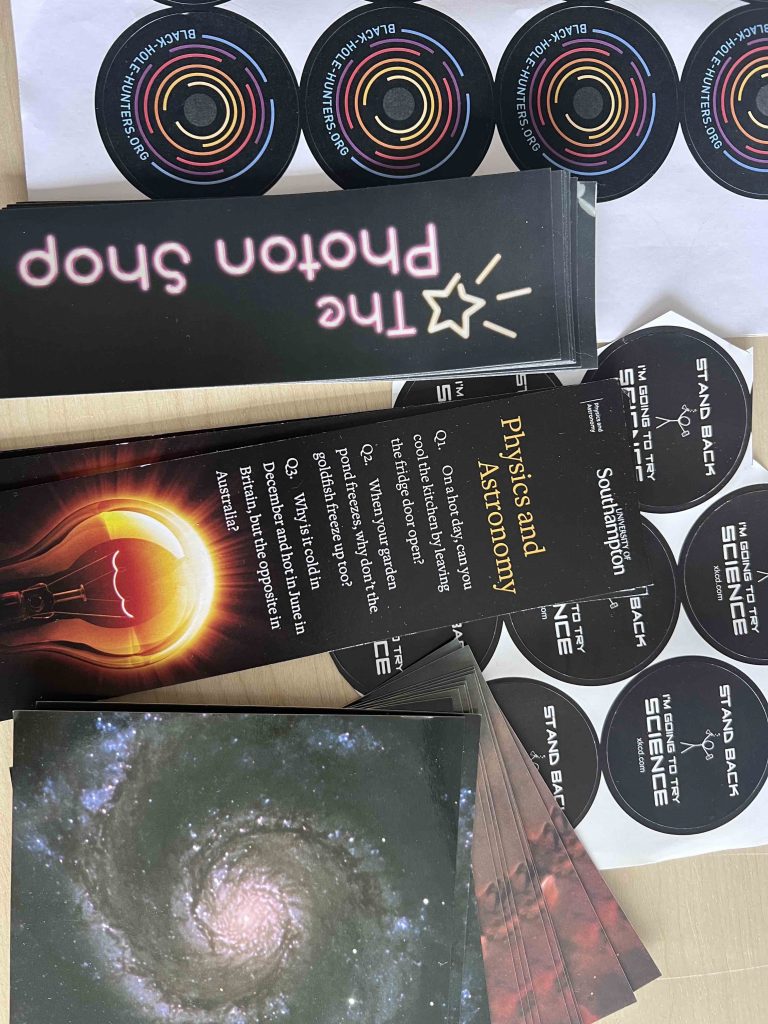
The top 3 students with the best attendance across the whole lecture series will receive a prize in the form of a crocheted black hole with colourful accretion disc – in 2024 this award went to Chloe Fitzgerald, a 3rd year Criminology student and in 2025 it went to Lucinda Mulliner, a Geography student, and Veronika Christmas, a Law student (see photo below).
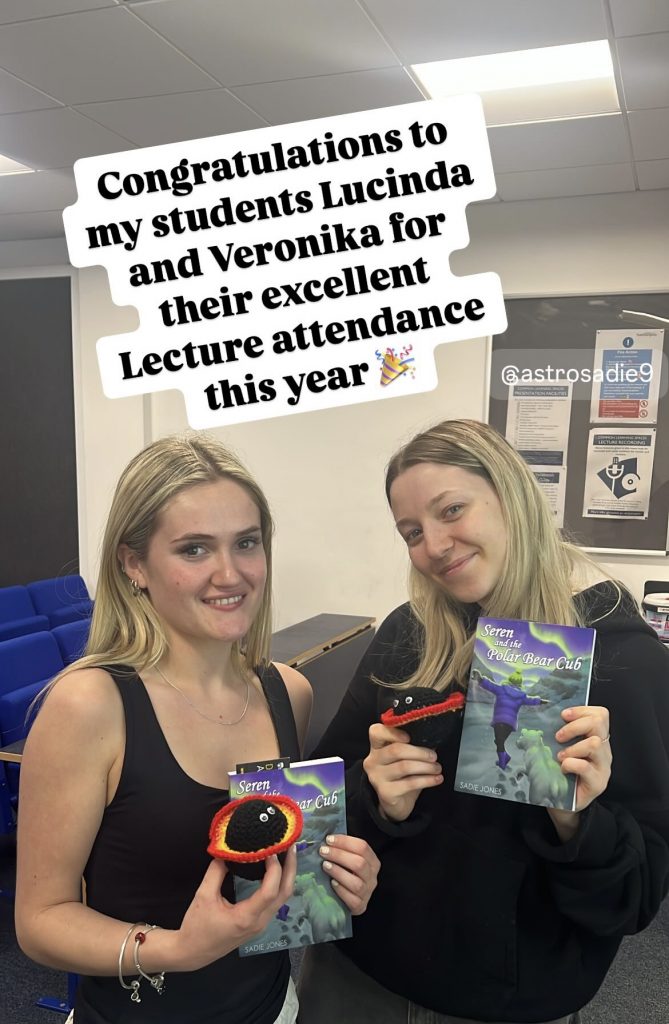
2025 Course Calendar
The full list of lectures that were delivered in Semester 2, 2025 are below. You can watch the Panopto recording of the History of Astronomy lecture and the Outer Solar System lecture from 2024 by clicking on the linked text above. These recordings will give you a feel for what the lectures are like.

Note: The course calendar for Semester 2 in 2026 is likely to change in terms of the lecture times and order of the lectures but the lecture subject matter will remain the same and I will endeavour to keep the test so it’s before the main exam week.
Course Posters
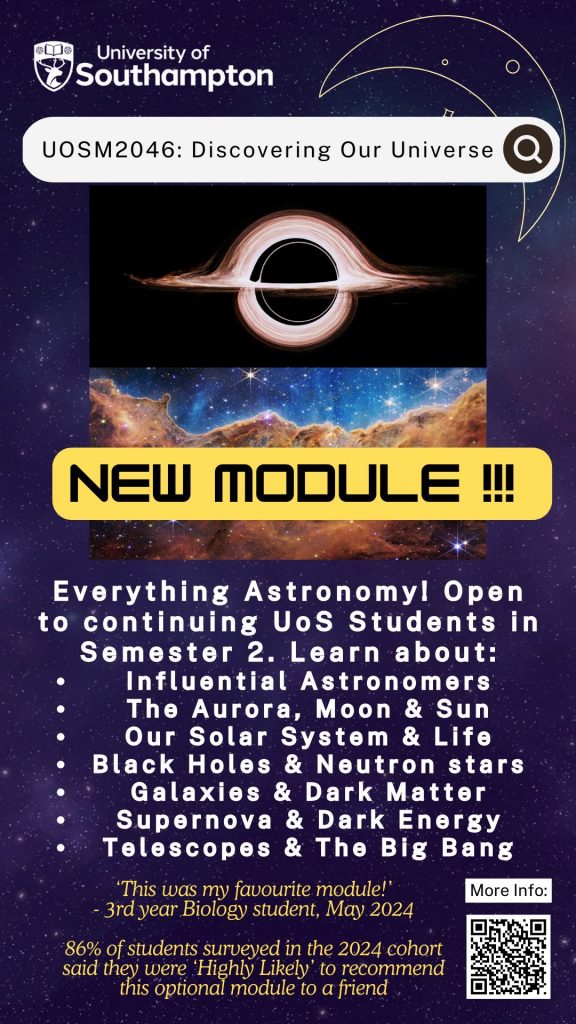
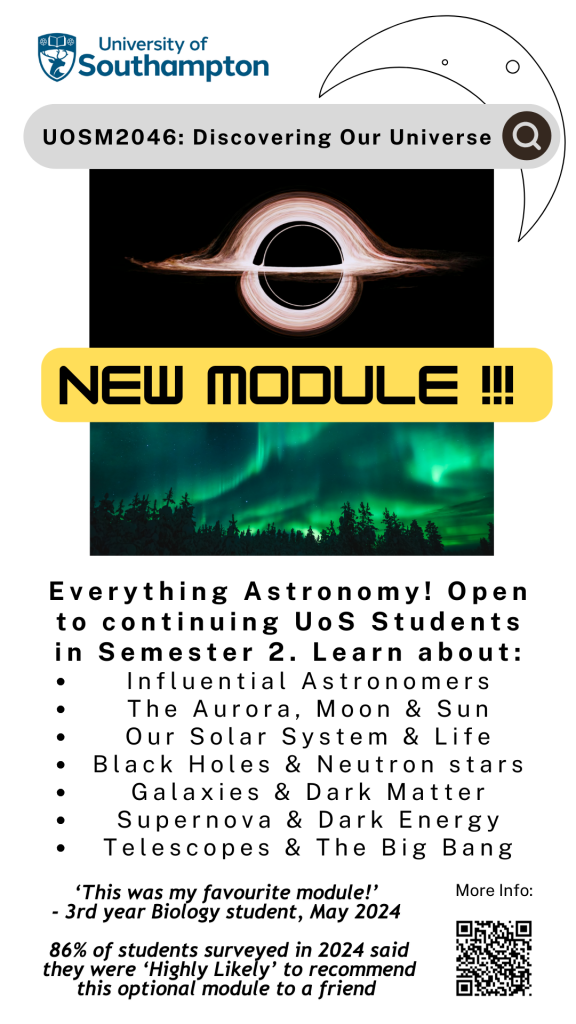
Please do share these posters with any friends you have who may be interested in this course 🙂
Educational Aims
The aim of the course is to convey the conceptual ideas of our universe to students with no formal physics training. We will progress from Big Bang to our current understanding of the Universe.
This journey starts in our Solar System and ends with discovering the most distant object in the Universe, Quasars. Students will also learn how astronomical sources, such as Black Holes and Supernova are observed and the differences between Dark Energy and Dark Matter.
Finally, they will learn how astronomy research has resulted in useful technologies here on Earth. With their new understanding of our Universe and the scientific justifications for what astronomers observe, the students will be equipped to critique astronomy news and explain the physics of our Universe.
The course is designed for students who do not have an A-level in physics or maths.
Module Synopsis
• Briefly describe our current understanding of Astronomy, including the formation and end of our Universe.
• Rank astronomical objects and phenomena in terms of their age, distance and energy.
• Understand the need for astronomers to observe the Universe in multiple wavelengths of light and the different astrophysical phenomena that produce this light.
• Summarise the History of Astronomy with reference to the work of a diverse range of astronomers.
• Form coherent arguments relating to current astronomy research.
• Analyse popular astronomy articles and summarise the main points.
• Explain the concepts of the Big Bang, Black Holes, Dark Energy and Dark Matter.
• Describe a variety of examples where astronomical research has resulted in new technologies, specifically those that improve life on Earth.
Outline Syllabus
• A Brief History of Astronomy from ancient times to modern day (highlighting a diverse range of astronomers and their work through the ages).
• The formation of our Solar System and the Moon and the Moon’s influence on Earth.
• The brightest constellations visible from the Northern Hemisphere and links to different cultures and astrology.
• Formation of the Northern Lights and the Sun/Earth connection.
• Life cycle of different sizes of star and how stars cluster together (open clusters, globular clusters & galaxies) and the approximate sizes and numbers involved.
• Extreme stars, compact objects and their formation (white dwarfs, neutron stars and black holes).
• Different types of galaxies (including active galaxies).
• Scientific Justification for Black Holes, Dark Energy and Dark Matter.
• How the Universe formed in the Big Bang and the observational support for our current understanding.
• The possible ways for how the Universe ends.
• Light and spectroscopy, specifically it’s use in determining red shift.
• Understand the astrophysical phenomena that produce specific wavelengths of light and how these are observed.
• Current ground and space-based telescopes, and the need for multi-wavelength astronomy.
•Multi-messenger astronomy (discovering the Universe using not just light alone) e.g. neutrinos & gravitational waves.
• Astronomy research that has resulted in spin-outs and useful technology to humankind.
